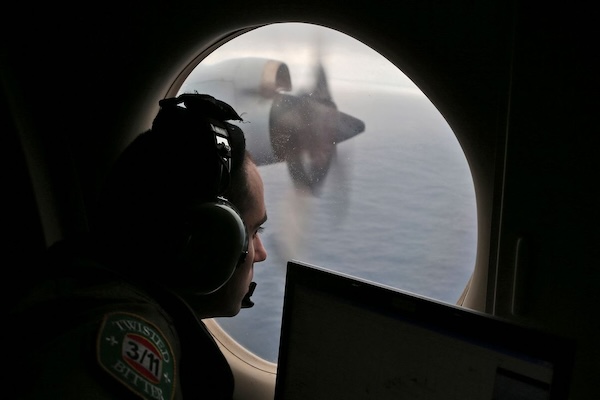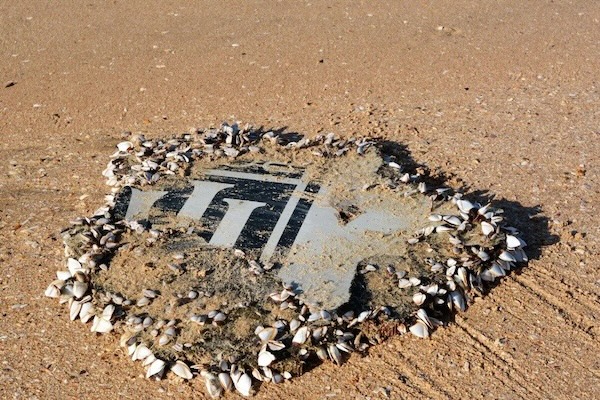If it’s not found, much of the story we’ve been told will turn out to be false.
This article originally ran in New York magazine on February 26, 2025.
The third search for Malaysia Airlines Flight 370 has begun, 11 years after the plane practically vanished. On Sunday, a ship belonging to the American maritime-survey company Ocean Infinity arrived at a remote stretch of the Indian Ocean where the plane is believed to have crashed. It then deployed a trio of advanced robot subs three miles under the waves to scan the seabed using sonar waves. If successful, the effort will locate the wreckage of the aircraft together with the black boxes that will allow investigators to solve the mystery. If not, it will effectively disprove the analysis underlying the seabed search and suggest that officials bungled some fundamental assumptions.
The first underwater search for the missing plane was launched more than a decade ago, months after MH370 disappeared from air-traffic controllers’ screens on March 8, 2014, during a routine red-eye flight from Kuala Lumpur, Malaysia, to Beijing, China. Scientists at the satellite-communications company Inmarsat later found that the plane had sent seven automatic radio signals before vanishing for good. In analyzing the data, scientists were able to extract a route from Malaysia into the southern Indian Ocean and concluded that the plane’s wreckage must lie near the end point of this path. Australia, which was responsible for finding the plane due to the search-and-rescue zone, hired a Dutch marine-survey company, Fugro, which dispatched a trio of ships to drag underwater sensors over the seabed. At first, officials were highly confident that they would locate the plane in short order, with one boasting that they had a 97 percent chance of success. But the plane was not in the search area measuring 46,000 square miles. Fugro increased the size of the search zone, then increased it again, without success. In 2017, the search was abandoned.
Continue reading Why This Search for MH370 Could Be Different


